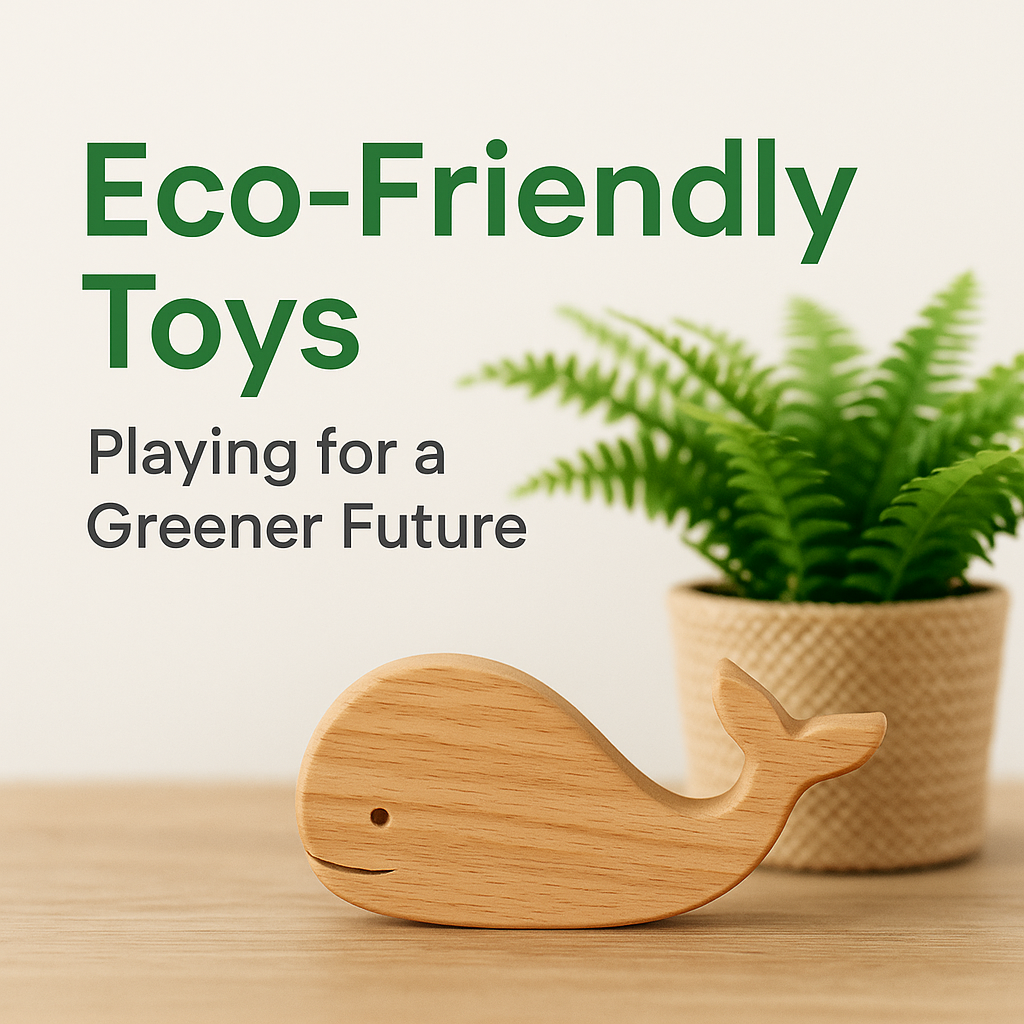
Eco‑Friendly Toys: Playing for a Greener Future
Share
Introduction
Today’s parents are looking for more than just fun when buying toys for their children. Eco‑friendly toys offer a way to protect both your child and the planet, combining safe play with environmental responsibility. At Kidzen, we believe that playtime can also be a step toward a greener future.
1. What Makes a Toy Eco‑Friendly?
Eco‑friendly toys are made from:
-
Natural, renewable materials like wood, bamboo, or organic cotton
-
Non‑toxic, chemical‑free finishes that keep kids safe from harmful substances
-
Minimal or recyclable packaging to reduce waste
Unlike mass‑produced plastic toys, these products are designed with both safety and sustainability in mind.
2. Health and Safety Benefits for Children
Eco‑friendly toys are not just good for the planet—they are safer for kids:
-
No BPA, PVC, or phthalates → lower risk of allergies and toxic exposure
-
Natural textures stimulate sensory development and curiosity
-
Gentle, non‑chemical finishes protect sensitive skin
According to a 2021 review in Environmental Research, exposure to common toy plastics can negatively impact children’s health over time. Choosing eco‑friendly toys is a simple way to reduce that risk.
3. Cognitive and Emotional Development
Research shows that open‑ended play with natural materials enhances creativity and problem‑solving skills.
-
Wooden blocks and stacking toys encourage imaginative thinking
-
Pretend play with eco‑friendly sets promotes social interaction and empathy
-
Simpler toys often lead to longer attention spans compared to electronic toys
A study in Early Childhood Education Journal (2020) found that children who engage with natural, open‑ended toys show higher levels of creative problem‑solving.
4. Teaching Environmental Awareness Early
When kids play with sustainable toys, they naturally learn about:
-
Protecting nature and valuing resources
-
Recycling and reusing instead of throwing things away
-
Mindful consumption from an early age
A survey by the Toy Association found that over 60% of parents want toys that reflect eco‑friendly values because they help raise environmentally conscious children.
5. Durability and Long‑Term Value
Eco‑friendly toys are typically:
-
Stronger and longer‑lasting than plastic alternatives
-
Designed to be passed down to siblings or reused for years
-
Part of a circular lifestyle, often fitting into secondhand or donation programs
This makes them not only environmentally responsible but also economically smart for families.
✅ Key Takeaways
| Benefit | Why It Matters |
|---|---|
| Safe for kids | Non‑toxic, allergy‑friendly |
| Supports development | Enhances creativity & social skills |
| Eco‑conscious | Reduces plastic waste & pollution |
| Long‑lasting | Durable and reusable |
